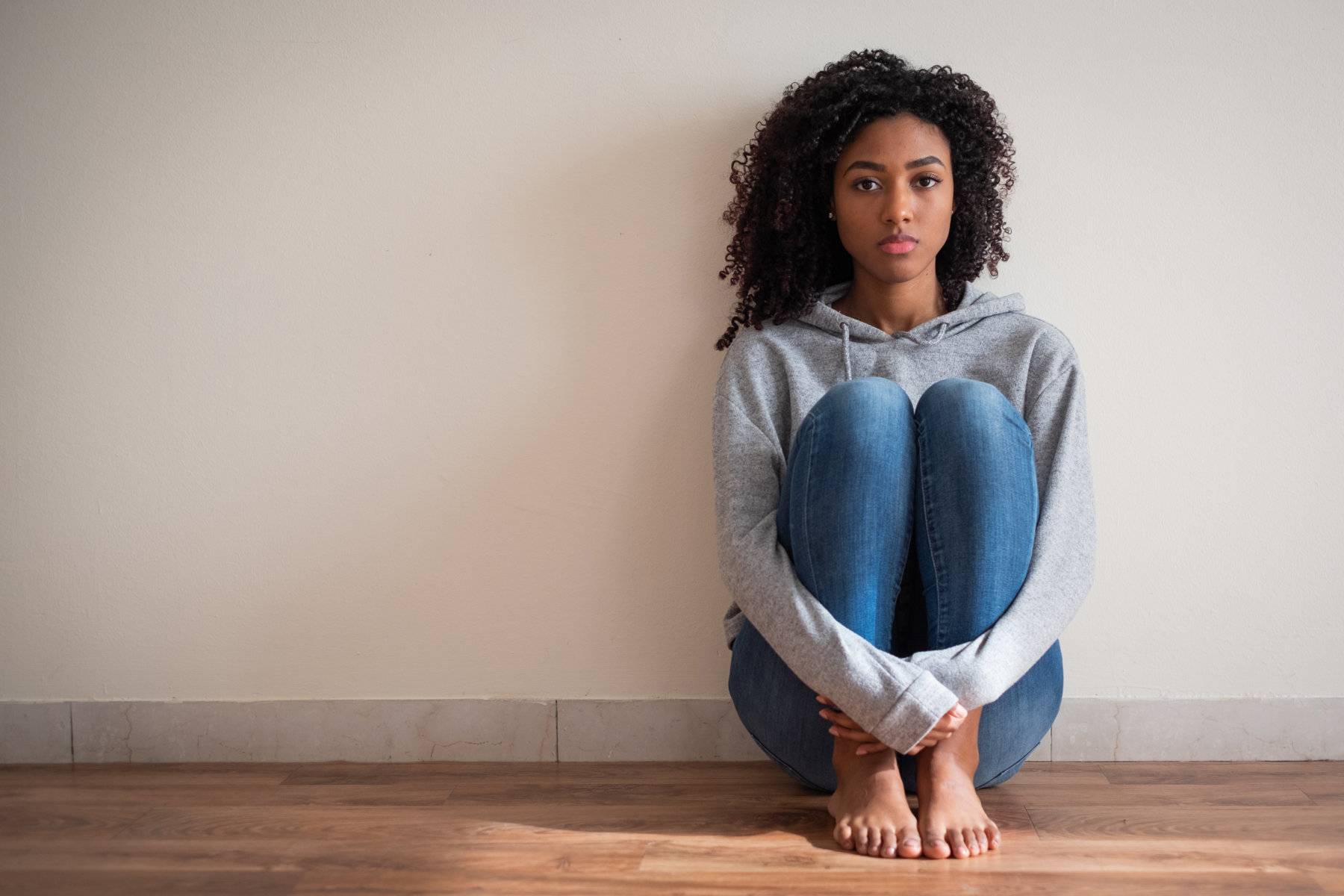
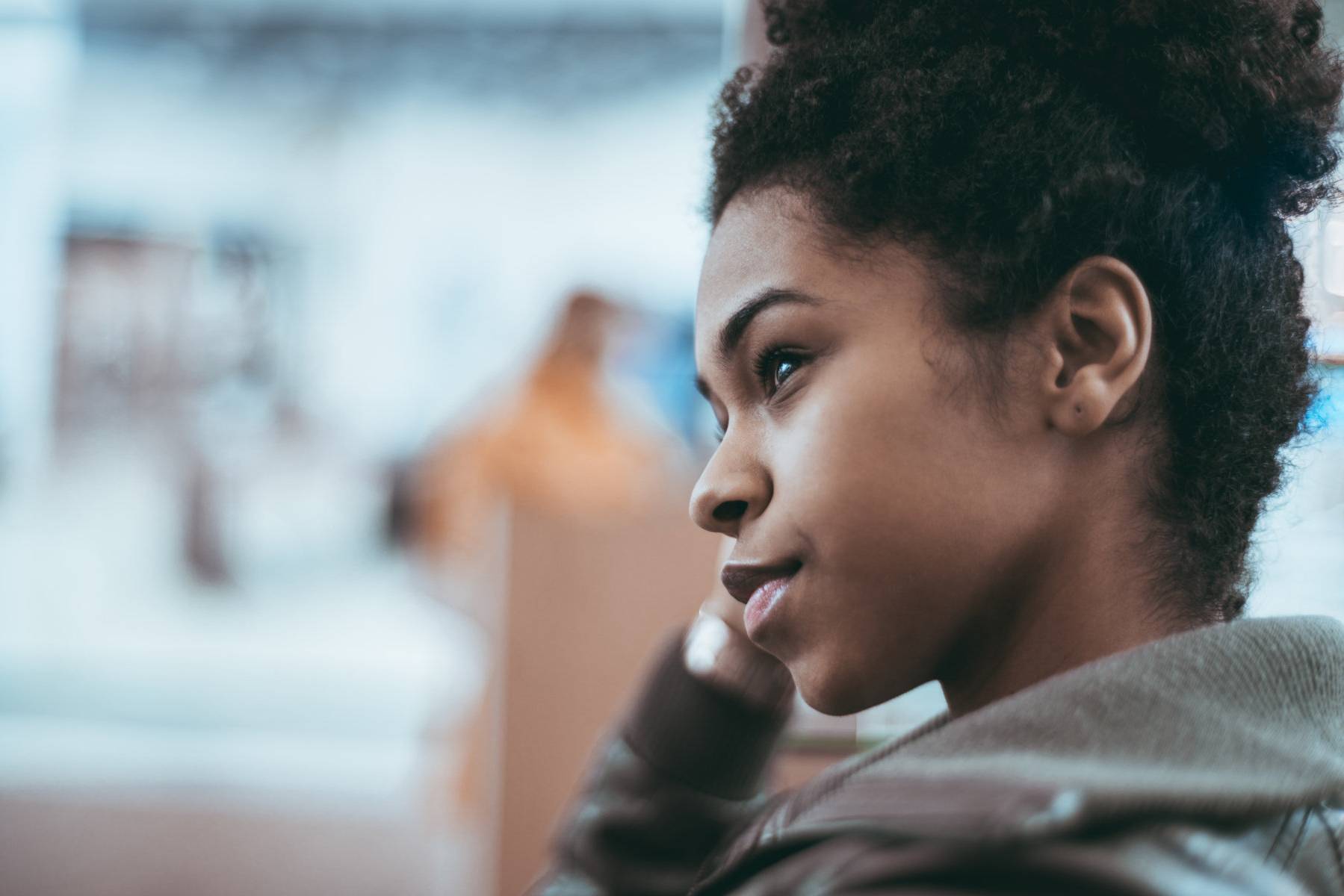
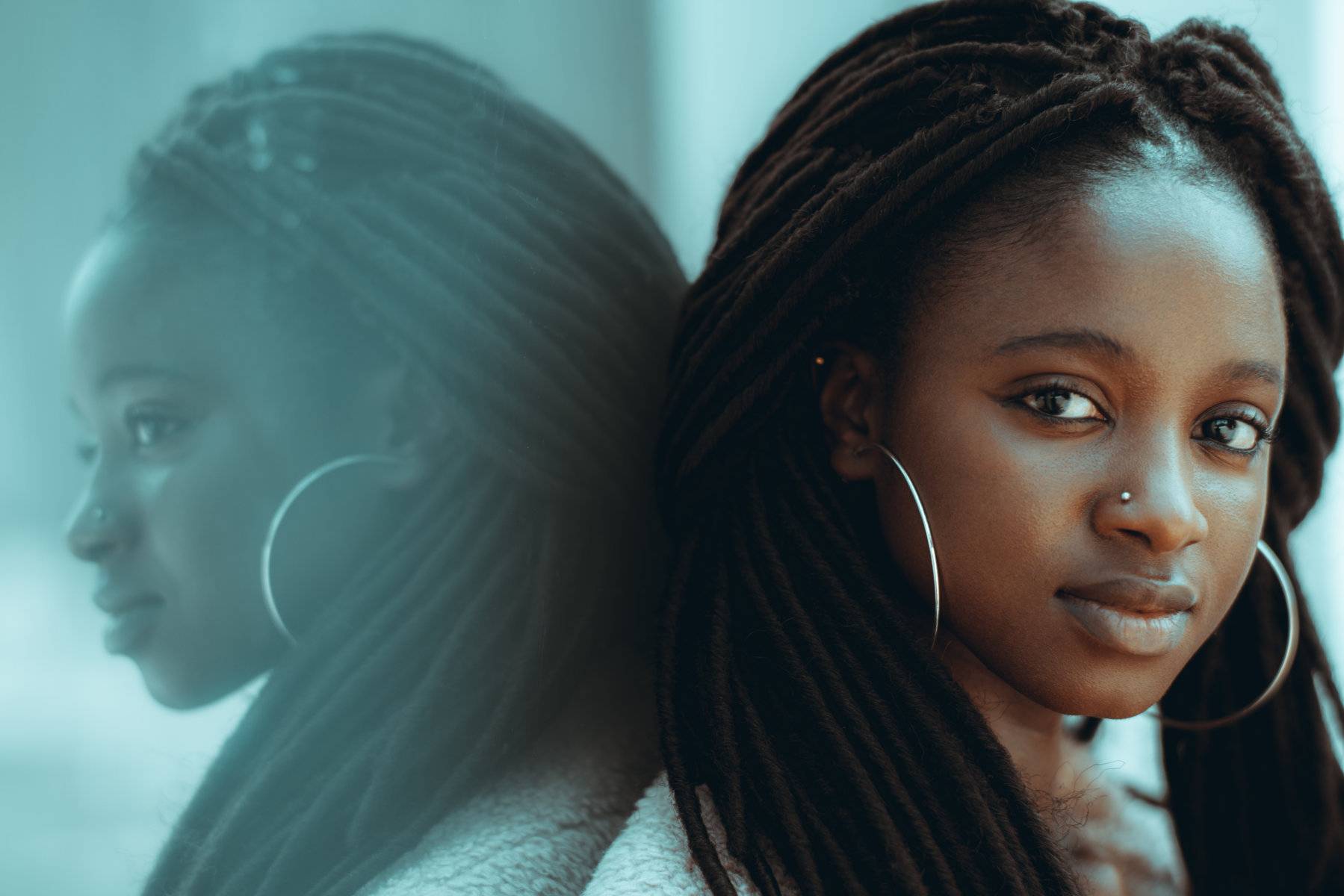
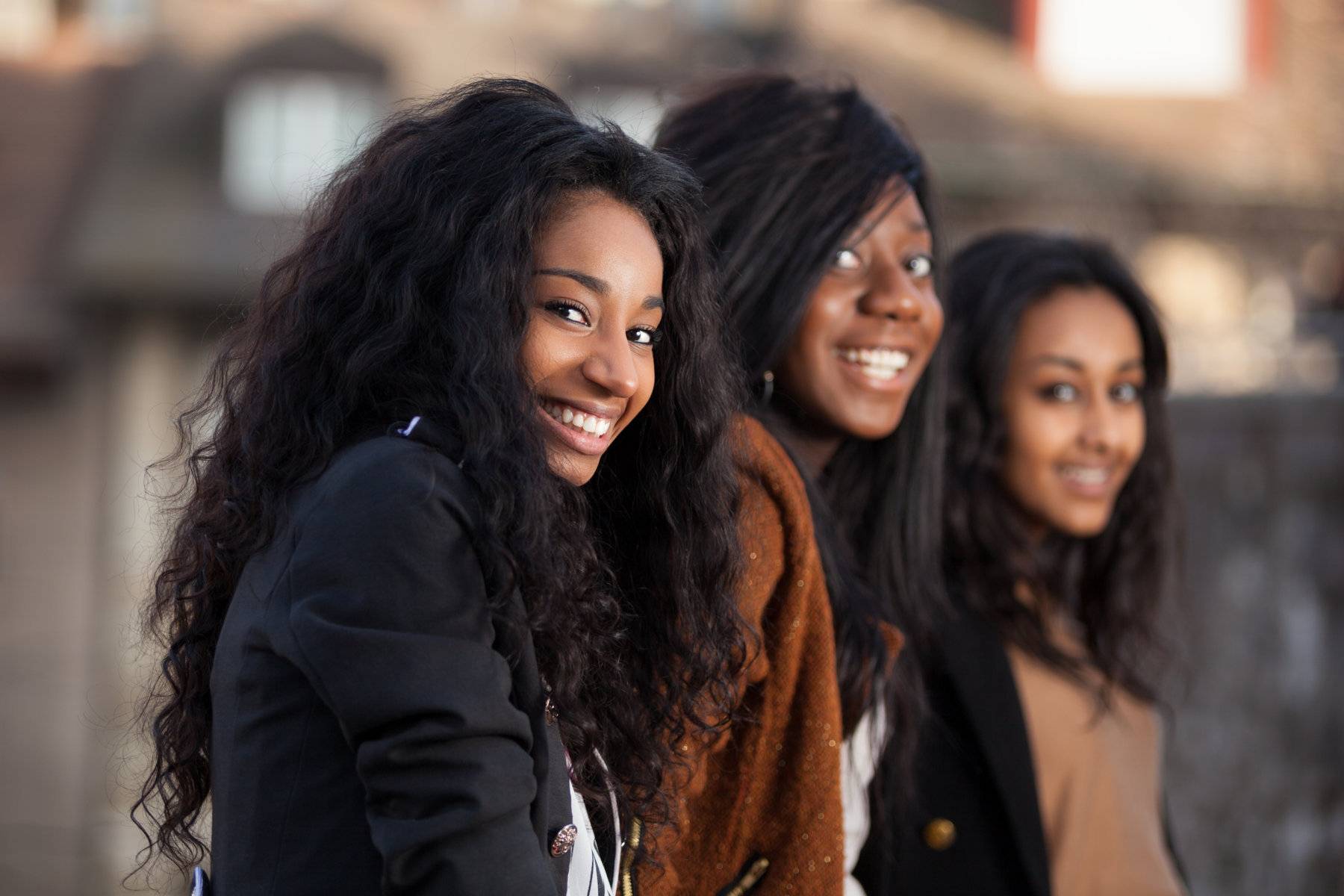
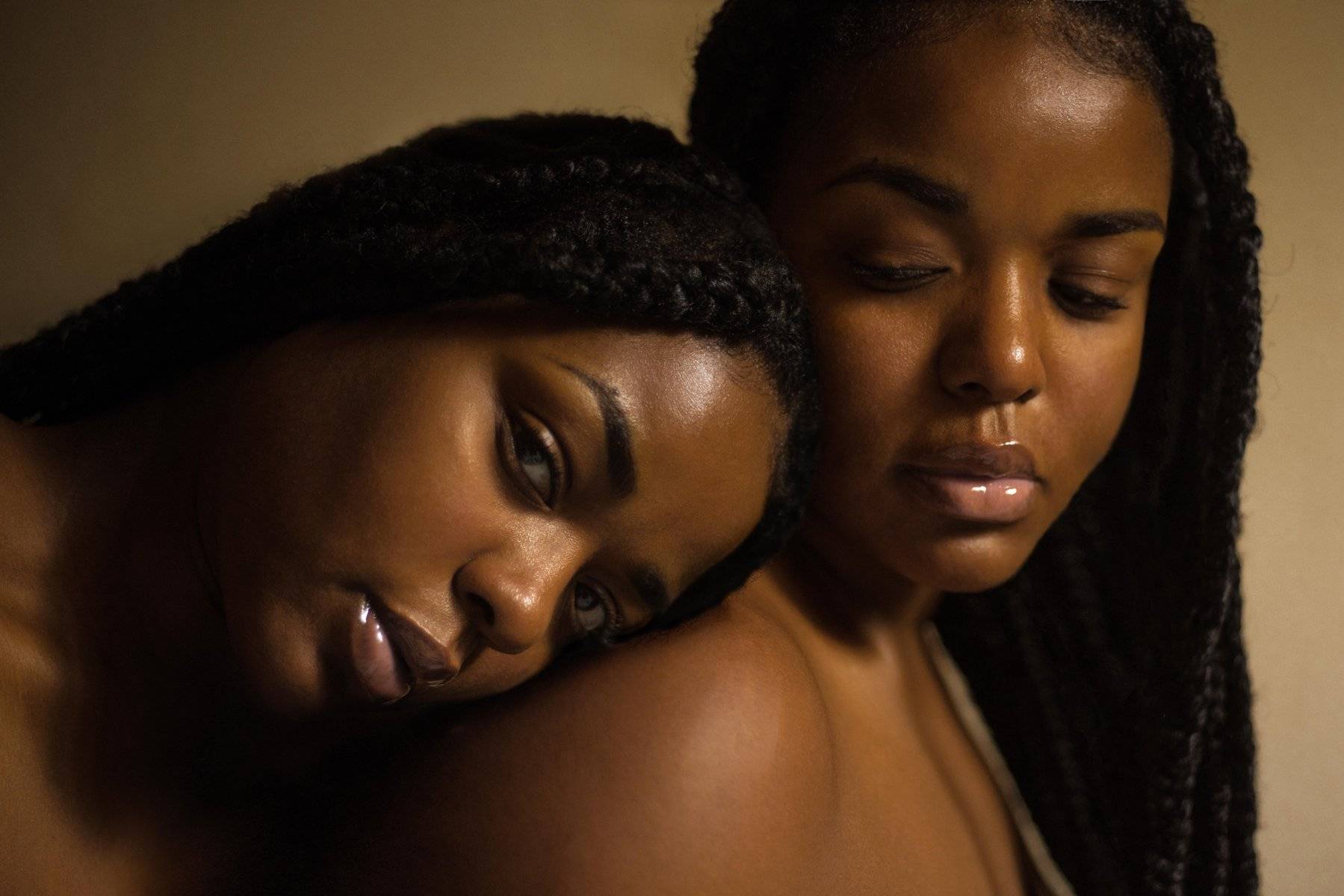

ALLIANCE OF LEADERSHIP & INNOVATION FOR VICTIMS OF EXPLOITATION
Bringing awareness and prevention to end sex trafficking in the Black community.
At the Heart of the Community
At ALIVE, we recognize and hold space for Black communities all over the world. We understand that sex trafficking cannot and will not cease to exist until we prioritize those who are disproportionately affected by it — Black women, girls and boys. To that end, we are dedicated to increasing community awareness of sex trafficking and centering healing justice for victims of exploitation.
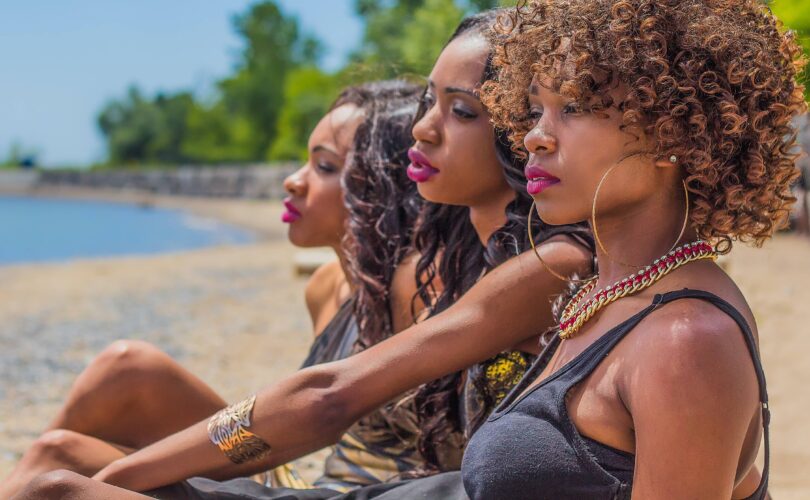
Sex trafficking is only a CAUCASIAN AMERICAN/foreign national problem.
According to the 2020 Trafficking in Persons Report, sex trafficking is a global threat necessitating a global response. “Traffickers are denying nearly 25 million people their fundamental right to freedom, forcing them to live enslaved and toil for their exploiter’s profit.” In the U.S., the victims of trafficking are more likely to be Black than any other group.
Sex trafficking affects sex workers, namely the commercially exploited.
SEX TRAFFICKING ONLY AFFECTS THE COMMERCIALLY EXPLOITED
Black children are particularly vulnerable to sex trafficking. According to the National Center for Victims of Crime, victimization rates for African American children and youths are higher than other segments of the population. Black girls become trafficked at younger ages than their racial counterparts, even in communities where a small percentage of the population is Black.
Sex trafficking only happens through abduction or kidnapping.
Abductions and kidnappings account for a small percentage of trafficking victims, and a report from the Polaris Project found that 32 percent of sex trafficking victims were recruited through a friend.
There is little that can be done to combat sex trafficking.
The VTVPA, passed in 2000, as well as other federal, state and local statutes and ordinances, protect exploited adults and children.
Anti-trafficking policies protect children. In addition, members of the community can educate themselves on the risks and warning signs of trafficking, inform family, friends and authorities of suspected trafficking cases and work with elected officials to secure more funding and end sex trafficking.
DID YOU KNOW?
1) In a recent Urban Institute study that looked at the economics of human sex trafficking, of the traffickers interviewed, the majority overwhelming believed that trafficking white women would make them more money but trafficking black women would land them less jail time if caught.
2) Without a comprehensive survey of victims of domestic sex trafficking, the gross racial disparity of sex trafficking victims will remain unknown—or worse, ignored.
